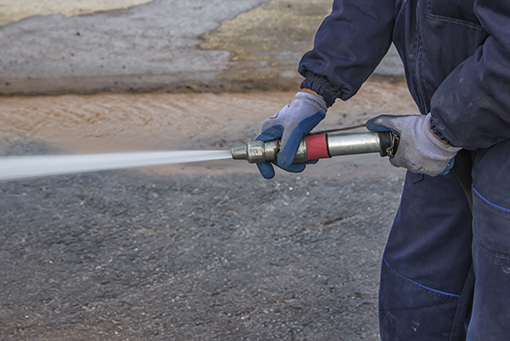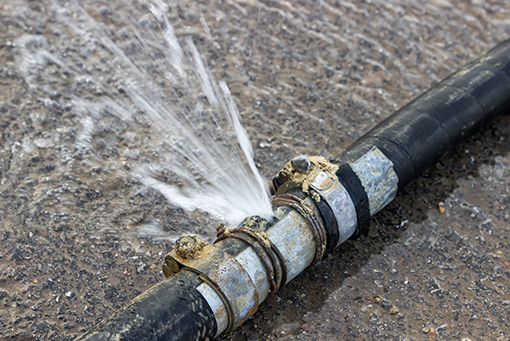Water Efficiency Measures for Industry
Adopted from EPA’s Website.
Please note that these suggested measures are not intended to overrule otherwise applicable federal, state, Tribal or local health and safety regulations.
General:
Appoint a water efficiency coordinator. Educate and involve employees in water efficiency efforts.

Equipment:
- Install high-pressure, low-volume nozzles on spray washers.
- Install in-line strainers on all spray headers; inspect nozzles regularly for clogging.
- Replace high-volume hoses with high-pressure, low-volume cleaning systems.
- As equipment wears out, replace with water-saving models.
- Equip hoses with spring loaded shutoff nozzles.
- Install ultra-low flow toilets, or adjust flush valves or install dams on existing toilets.
Practices:
- Detect and repair all leaks.
- Identify discharges that may be re-used and implement re-use practices.
Some discharges with potential for re-use are:
- final rinses from tank cleaning, keg washers, fermenters
- bottle and can soak and rinse water
- cooler flush water, filter backwash
- pasteurizer and sterilizer water
- final rinses in wash cycles
- boiler makeup
- refrigeration equipment defrost
- equipment cleaning
- floor and gutter wash
- Use fogging nozzles to cool products.
- Handle waste materials in a dry mode where possible.
- Adjust overflows from recirculation systems by controlling the rate at which make-up water is added: install float-controlled valve on the make-up line, close filling line during operation, provide surge tanks for each system to avoid overflow.
- Turn off all flows during shutdowns. Use solenoid valves to stop the flow of water when production stops.
- Adjust flow in sprays and other lines to meet minimum requirements.
- Wash vehicles less often, or use a commercial car wash that recycles water.
- Discontinue using water to clean sidewalks, driveways, loading docks, and parking

